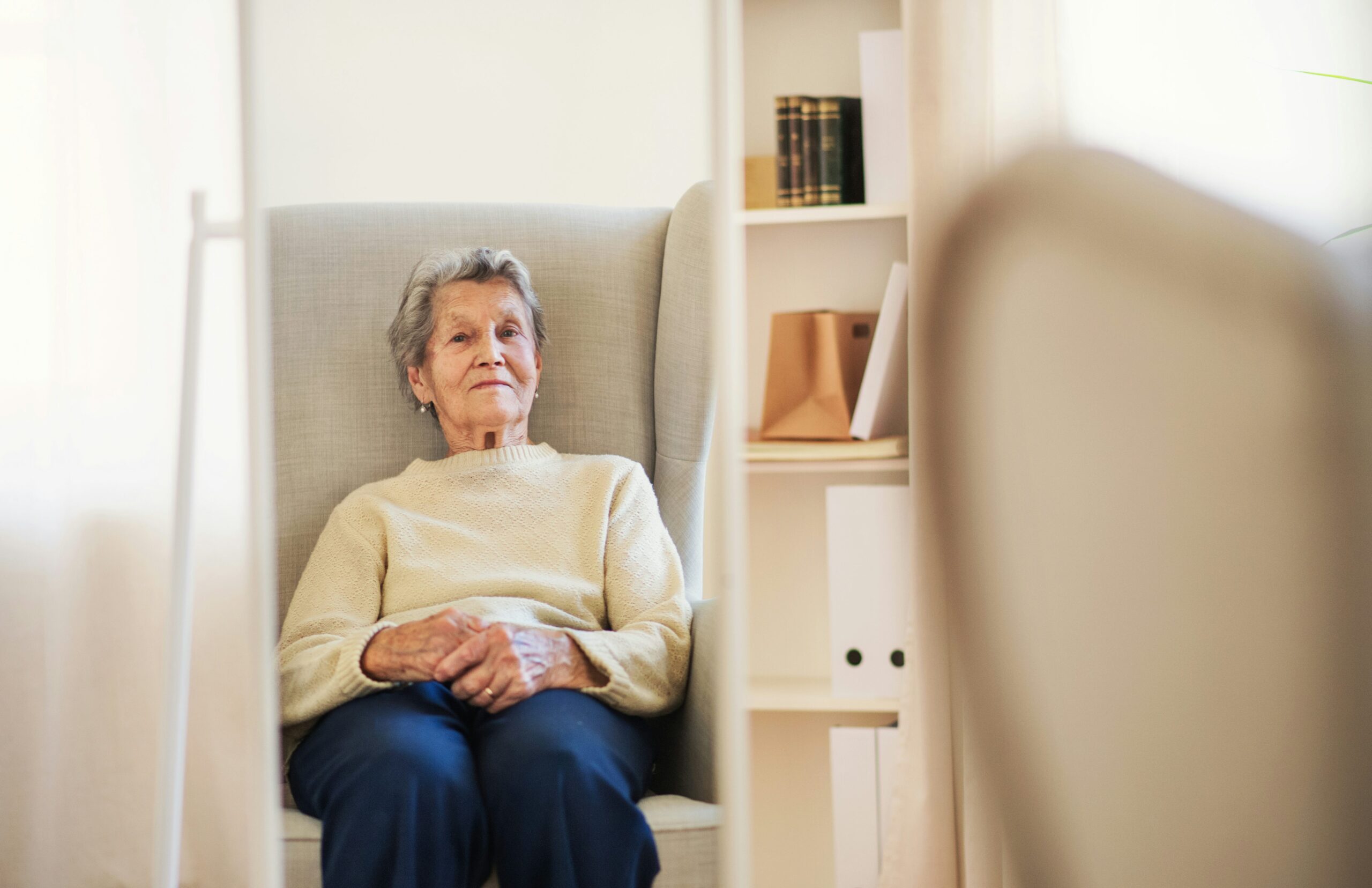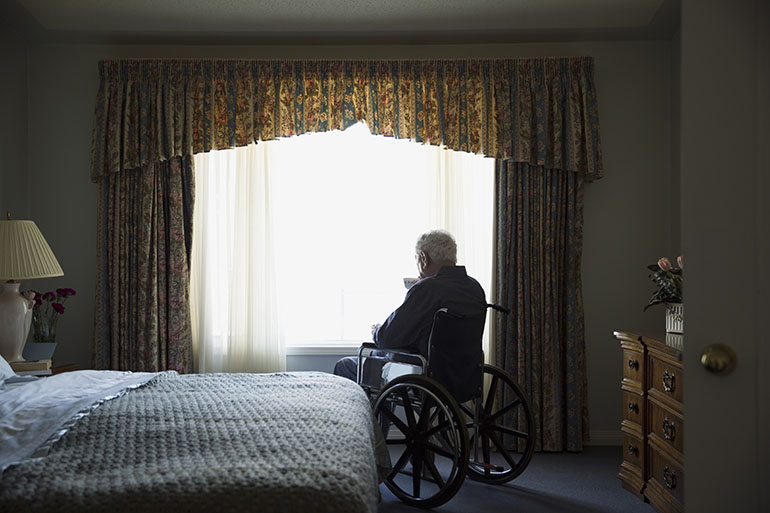Ensuring fall prevention in assisted living facilities is crucial for maintaining the health and well-being of the elderly. Falls can lead to serious injuries, impacting the quality of life for seniors. By implementing effective strategies, we can significantly reduce the risk of falls and create a safer environment for our loved ones.

Understanding the Importance of Fall Prevention
Falls are a common and serious health concern for seniors residing in assisted living facilities. The consequences of a fall can be severe, leading to fractures, hospitalization, and even long-term disability. Therefore, understanding the importance of fall prevention is essential for caregivers and family members.
Statistics on Falls Among Seniors
According to the American Academy of Orthopaedic Surgeons, one in four Americans aged 65 and older falls each year. This statistic highlights the urgency of addressing fall risks in assisted living facilities.
Common Causes of Falls in Assisted Living Facilities
Several factors contribute to falls in assisted living environments, including environmental hazards, physical limitations, and medication side effects. Identifying these causes can help in developing targeted fall prevention strategies.
Environmental Hazards
Poor lighting, uneven floors, and cluttered spaces are common environmental hazards that increase the risk of falls. Regular inspections and maintenance can mitigate these risks.
Physical Limitations
Age-related physical changes, such as decreased muscle strength and balance, make seniors more susceptible to falls. Engaging in exercises that improve balance and strength can be beneficial. Consider exploring Tai Chi for balance as a preventative measure.
Medication Side Effects
Certain medications can cause dizziness or drowsiness, increasing the likelihood of falls. Regular reviews of medication regimens with healthcare providers can help manage these risks.
Implementing Effective Fall Prevention Strategies
Creating a safer living environment for seniors involves implementing comprehensive fall prevention strategies. These strategies should be tailored to the needs of each resident and the facility.
Environmental Modifications
Making necessary adjustments to the living environment, such as installing grab bars and non-slip flooring, can significantly reduce fall risks. For more on creating a safe space, visit senior-friendly home design.
Regular Physical Activity
Encouraging regular physical activity, such as walking or strength training, helps improve balance and coordination. Exercise programs should be safe and suitable for seniors.
Using Technology for Fall Detection
Incorporating technology, such as smart home sensors, can provide real-time alerts and monitoring, enhancing the safety of residents.
Benefits of Fall Prevention
Implementing fall prevention strategies not only enhances safety but also improves the overall quality of life for seniors. It fosters independence, reduces healthcare costs, and provides peace of mind for families.
Enhancing Senior Independence
By reducing the risk of falls, seniors can maintain their independence and confidence, participating more actively in daily activities.
Reducing Healthcare Costs
Avoiding falls reduces the need for medical treatments and hospitalizations, resulting in lower healthcare expenses for families and facilities.
Providing Peace of Mind for Families
Knowing that their loved ones are living in a safe environment provides reassurance and peace of mind for family members and caregivers.
Conclusion
Prioritizing fall prevention in assisted living facilities is essential for safeguarding the health and well-being of seniors. By understanding the causes of falls and implementing effective strategies, we can create a safer and more supportive environment for our elderly loved ones.

FAQ
What are some simple ways to prevent falls?
Simple measures like installing grab bars, ensuring proper lighting, and removing tripping hazards can greatly reduce fall risks.
How does physical activity help in preventing falls?
Regular physical activity improves balance, strength, and coordination, which are crucial for preventing falls among seniors.
Can technology assist in fall prevention?
Yes, technology like fall detection sensors can provide alerts and monitoring, enhancing the safety of seniors in assisted living facilities.
This article contains affiliate links. We may earn a commission at no extra cost to you.






